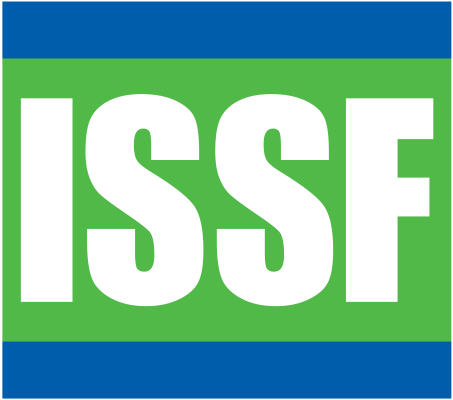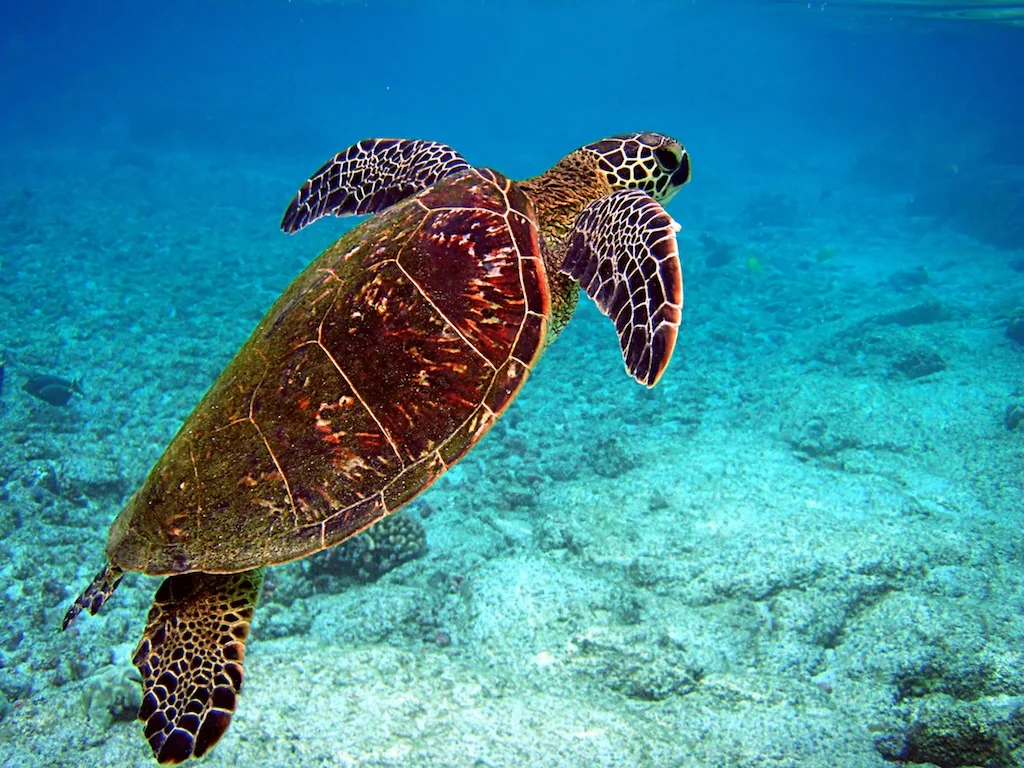Hook Removal and Seabird Recovery
How to CORRECTLY hold a bird (John Paterson, ATF Namibia)
How NOT to hold a bird (Juliano Cesar, Projeto Albatroz)
Hook Removal Techniques
If the bird is lightly hooked in the bill, leg or wing, and you can see the barb of the hook, you should remove the excess line, cut off the barb with bolt cutters, and then back out the rest of the hook. If the hook cannot be broken because it is large/wide, remove the line from the hook eye, and pull from the point of the hook, rather than the other way around.
If the bird is deeply hooked in the body or throat (that is, you cannot see the barb), cut the line as close to the hook as possible, leaving the hook in the bird. Removing a deeply embedded hook can cause more harm than good. Never try to pull on the leader to remove a hook.
Hooked bird (Dimas Gianuca, Projeto Albatroz)
Bird Recovery and Release
A bird’s feathers must be dry for it to fly properly, and it can take between 30 minutes and 4 hours for them to dry when wet. A cardboard box with a dry and clean towel or blanket is a good place for the bird to rest and recuperate before being released. Do not give the bird food or water.
To assess the bird’s health, note that a fully recovered bird can:
- Stand on its feet
- Hold its head up
- React to sound
- Breathe without making noise
- Retract its wings into a normal position against its body
To release a bird, stop the vessel and set the bird on the water’s surface. If the freeboard is high, drop the seabird into the water. Do not throw it into the air. Wait until the bird is clear of the vessel before reengaging the motor.
Bird in recovery box (Bronwyn Maree, ATF South Africa/BirdLife South Africa)

